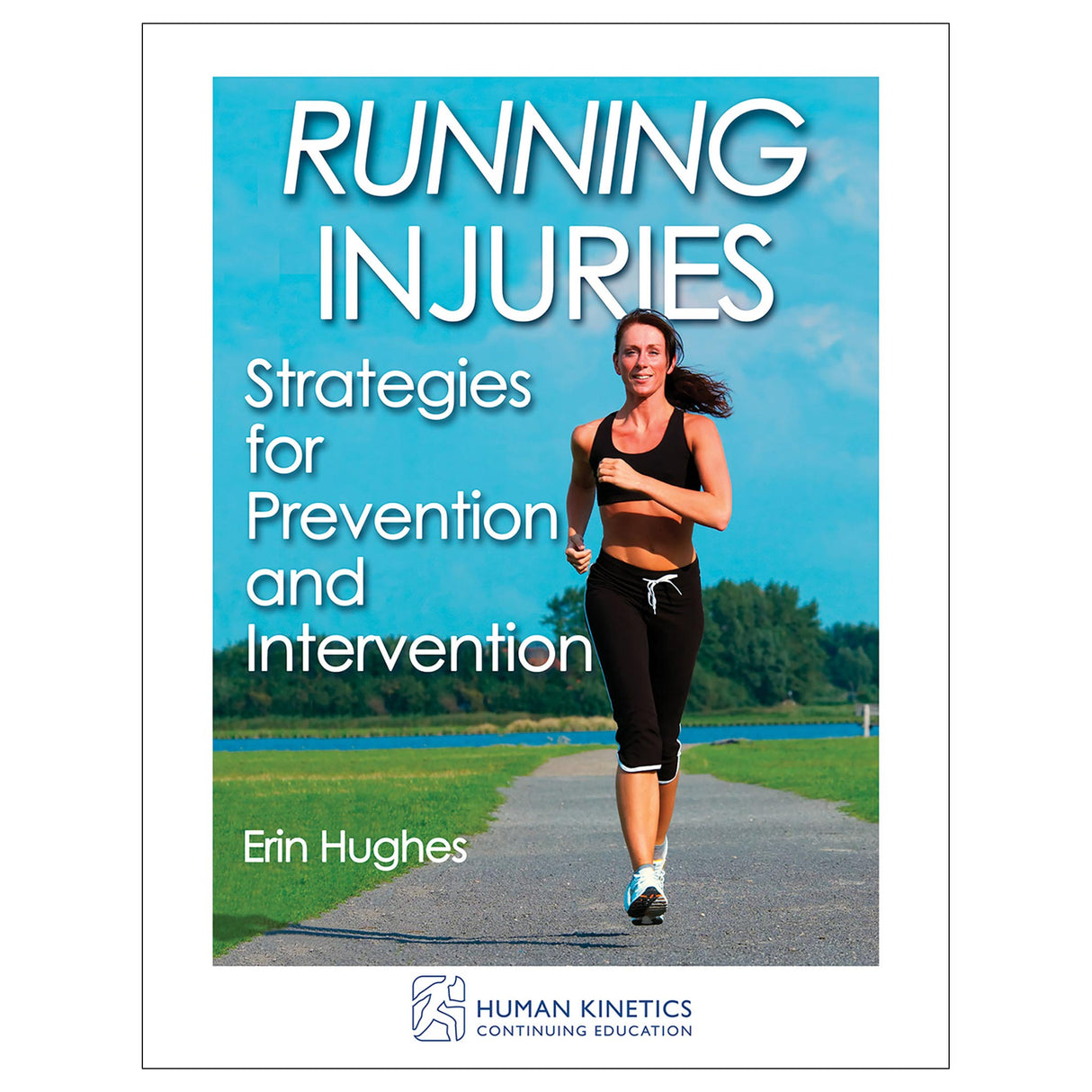Running Injuries Online CE Course
Author: Erin Hughes
$86.95 CAD
Human Kinetics strongly recommends that you complete your exam within the calendar year of your date of purchase to ensure approved credits do not expire for your organization.
- Online workbook
- Online continuing education exam
Once you complete the course and pass the exam, you can print a certificate for continuing education credits.
Learning Objectives
- Determine the intrinsic and extrinsic risk factors that may predispose a runner to injury.
- Identify the muscles, ligaments, bones, and other supporting structures of the hip, knee, and ankle and foot in relation to the most common running injuries that occur at these joints.
- Describe the kinematic differences between walking and running as well as the sex-specific differences in lower-extremity mechanics during running.
- Explain the running gait cycle and its subphases.
- Identify the most common injuries, conditions, and discomforts associated with running.
- Teach appropriate strength and flexibility exercises to meet the needs of clients at risk for or recovering from certain running injuries.
- Educate clients on suitable running footwear specific to their foot types and provide tips for proper shoe selection.
- Understand the proper use of and the differences between orthotics and inserts for runners.
- Discuss the importance of cross-training and alternative exercises for both healthy and recuperating runners.
- Recognize the risks and understand training considerations for the barefoot, entry-level, marathon, and older running populations.
Audience
Personal trainers, athletic trainers, strength and conditioning coaches, and running coaches and enthusiasts.Chapter 2. Biomechanics of Running
Chapter 3. Running Injuries: Hip
Chapter 4. Running Injuries: Knee
Chapter 5. Running Injuries: Lower Leg
Chapter 6. Common Running Complaints and Discomforts
Chapter 7. Training Considerations
Chapter 8. Health Screening for the Runner
Chapter 9. Case Studies





